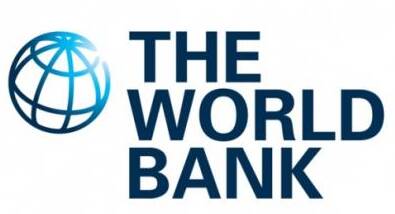Understanding the socio-economic profile of refugee arrivals in Mauritania since 2023 Analysis of UNHCR and WFP data on Malian refugees living in Mauritania
| نوع الوثيقة: | Data & Statistics , Reports , Reports and Assessments , Accountability and Inclusion , Policy Papers |
|---|---|
| نوع الوثيقة: | English |
| تاريخ النشر: | 1 November 2024 (1 year ago) |
| تاريخ الانشاء: | 4 November 2024 (1 year ago) |
| عدد مرات التنزيل: | 1,121 |
Understanding the socio-economic profile of refugee arrivals in Mauritania since 2023 Analysis of UNHCR and WFP data on Malian refugees living in Mauritania
| نوع الوثيقة: | Data & Statistics , Reports , Reports and Assessments , Accountability and Inclusion , Policy Papers |
|---|---|
| اللغة: | English |
Analysis of UNHCR and WFP data on Malian refugees living in Mauritania
Partners
-
 World Bank
World Bank
Sectors
-
Livelihood & Social Stability
-
Basic Needs
-
Accountability to Affected Populations (AAP)
موقع
- Mauritania
